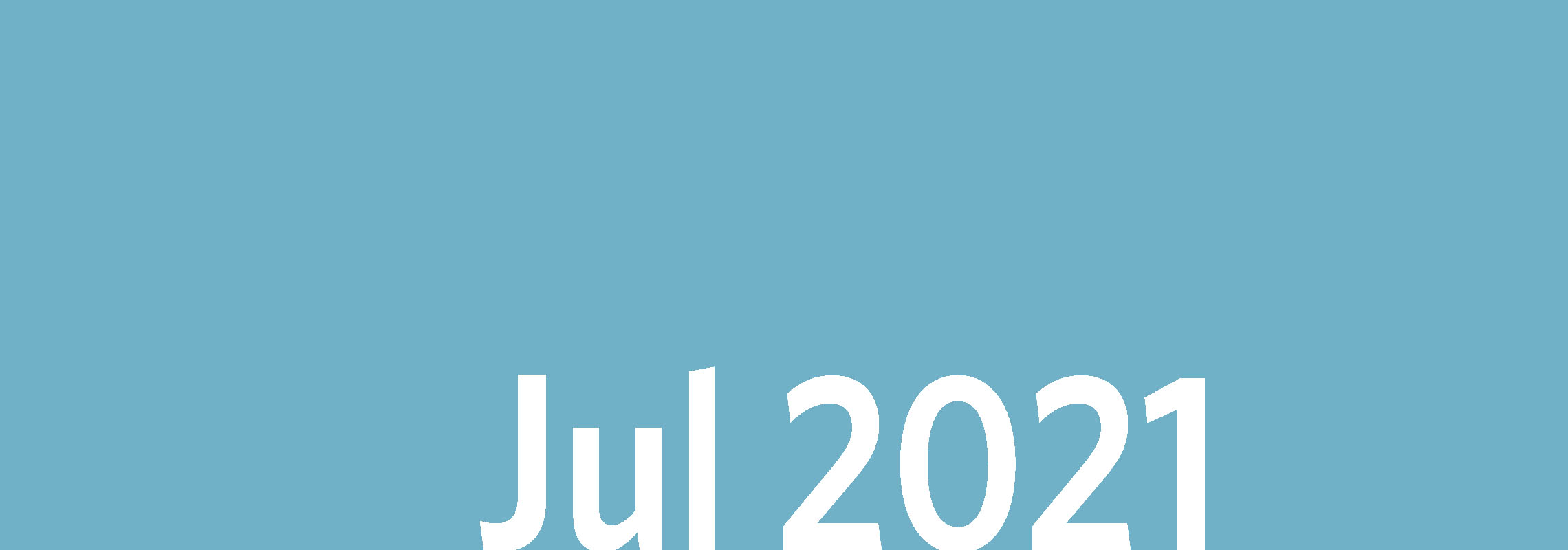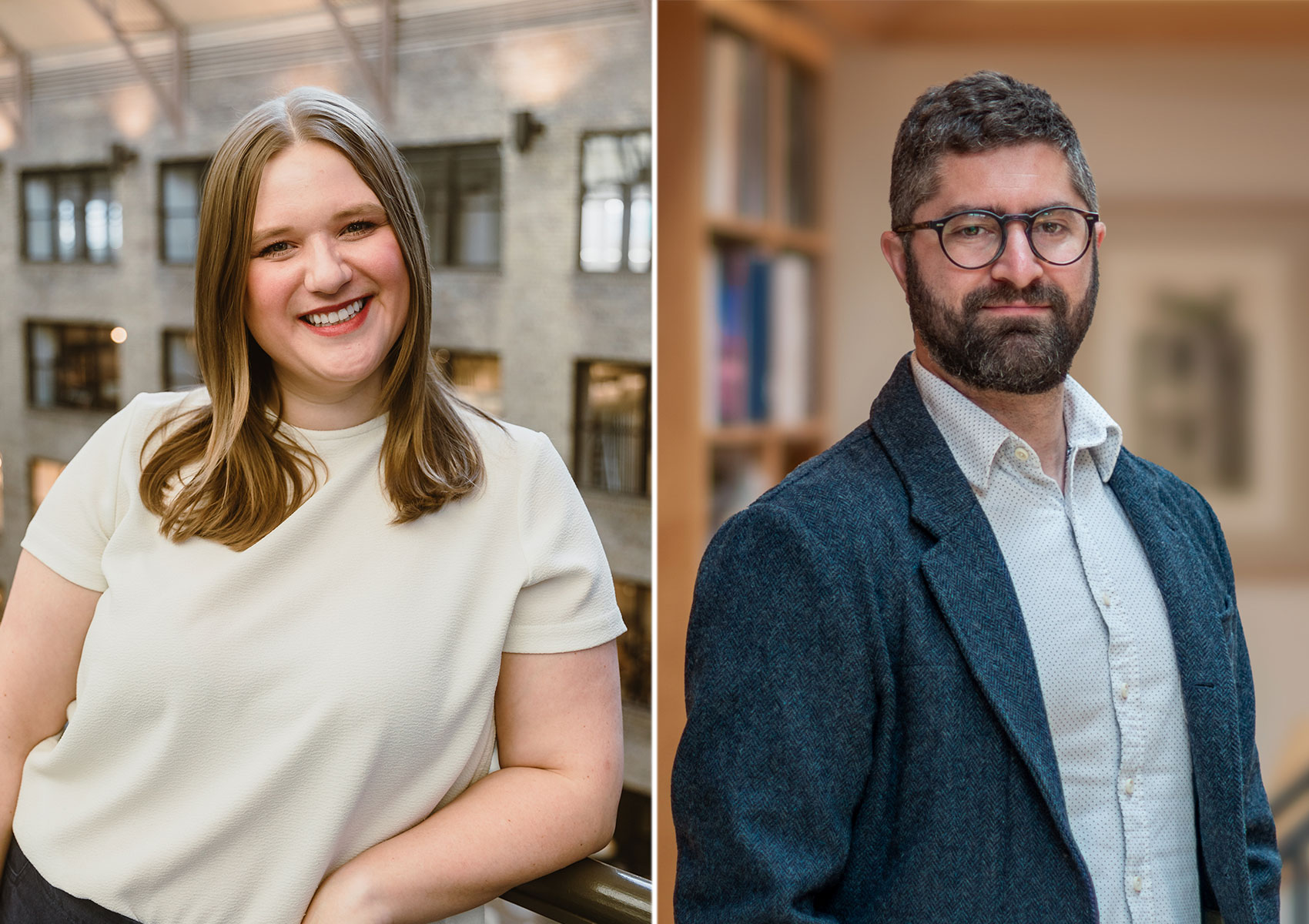Dream. Believe. Do. Repeat.
by Anna Pravinata, AIA, NOMA, AIA Minnesota President
Like many people in the US, we send holiday cards around the end of the year. Our card from few years back said the following:
Dream – Believe – Do – Repeat
To all of our favorite people,
We hope you dream big,
Believe in your dreams,
Act on your dreams,
And repeat it all over again.
What does this have to do with architecture or design? In my day-to-day life as an architect, I get to work with the brightest scientists who are trying to solve the most pressing issues in the world, from curing cancer to food safety and security. They are innovators in each of their fields and their thought process starts with a dream of a better “something.” They start by observing, asking questions, making scenario predictions, testing ideas, evaluating results, and finally, after many, many tries, they may get to realize their dream of that better something.
As architects and designers, we are trained to imagine something that is not there. We start with a piece of blank paper; we draw one line, and then another, and another, until a combination of those lines becomes a drawing of a building or a bench, or whatever “something” we’re creating. We understand that design is an iterative process in which we seek to define problems and challenge assumptions to find alternative solutions that may not be apparent at the beginning of the process.
One of the sessions at the A’21 Virtual Conference highlighted the importance of this moment: “The profession of architecture is at an inflection point. Many firms, spurred by urgent conversations about racial equity and the growing threat of climate change, as well as COVID-19’s shakeup of our traditional work environments, are being challenged to apply strategic solutions to several crucial issues at once.”
What does an inflection point mean to our profession? I think we need to look holistically at the world around us beyond just designing buildings. Like scientists, we need to apply our training in design thinking to solving the most pressing issues in the world. We need to be part of the conversations on many things, like racial equity, climate change, or the post-pandemic way of life, which may not necessarily start with traditional ideas about building design.
Let’s use this inflection point to dream up a whole new built environment for our communities. I think when we broaden our view of what our profession can do, we will find more ways to innovate and show our profession’s value to a larger constituency. We can make our communities into a wonderful new “something” if we keep dreaming, believing, doing, and repeating.
Dream – Believe – Do – Repeat
To all of our favorite people,
We hope you dream big,
Believe in your dreams,
Act on your dreams,
And repeat it all over again.
What does this have to do with architecture or design? In my day-to-day life as an architect, I get to work with the brightest scientists who are trying to solve the most pressing issues in the world, from curing cancer to food safety and security. They are innovators in each of their fields and their thought process starts with a dream of a better “something.” They start by observing, asking questions, making scenario predictions, testing ideas, evaluating results, and finally, after many, many tries, they may get to realize their dream of that better something.
As architects and designers, we are trained to imagine something that is not there. We start with a piece of blank paper; we draw one line, and then another, and another, until a combination of those lines becomes a drawing of a building or a bench, or whatever “something” we’re creating. We understand that design is an iterative process in which we seek to define problems and challenge assumptions to find alternative solutions that may not be apparent at the beginning of the process.
One of the sessions at the A’21 Virtual Conference highlighted the importance of this moment: “The profession of architecture is at an inflection point. Many firms, spurred by urgent conversations about racial equity and the growing threat of climate change, as well as COVID-19’s shakeup of our traditional work environments, are being challenged to apply strategic solutions to several crucial issues at once.”
What does an inflection point mean to our profession? I think we need to look holistically at the world around us beyond just designing buildings. Like scientists, we need to apply our training in design thinking to solving the most pressing issues in the world. We need to be part of the conversations on many things, like racial equity, climate change, or the post-pandemic way of life, which may not necessarily start with traditional ideas about building design.
Let’s use this inflection point to dream up a whole new built environment for our communities. I think when we broaden our view of what our profession can do, we will find more ways to innovate and show our profession’s value to a larger constituency. We can make our communities into a wonderful new “something” if we keep dreaming, believing, doing, and repeating.
View the July 2021 edition of Matrix.


